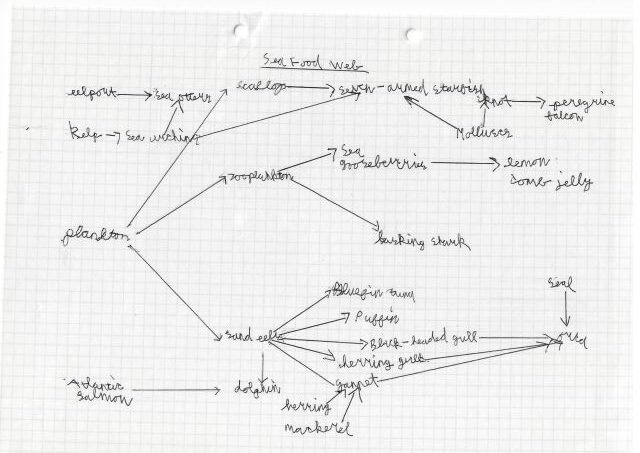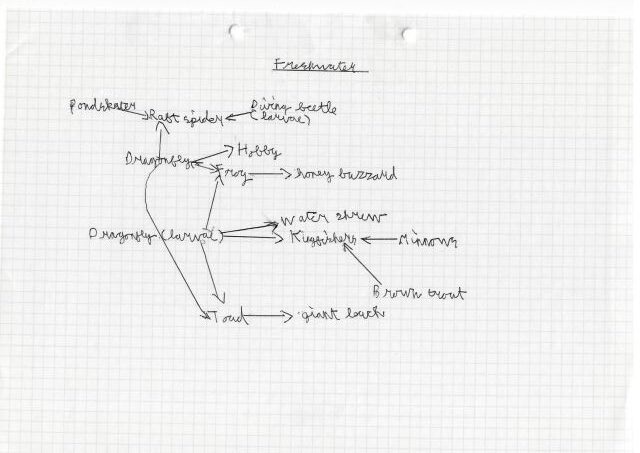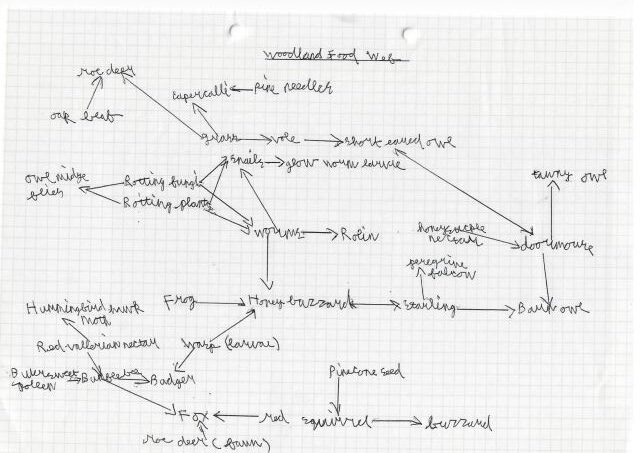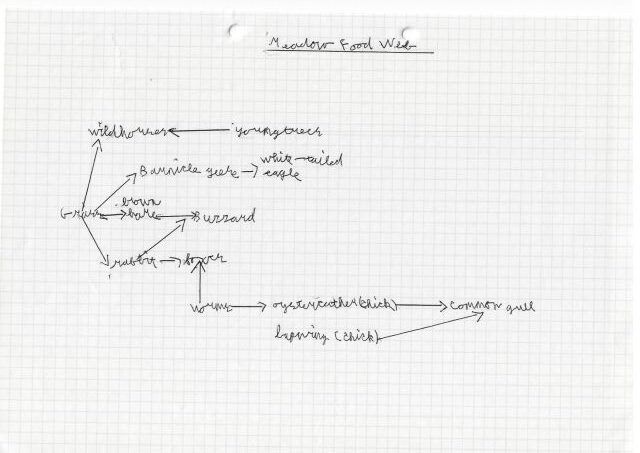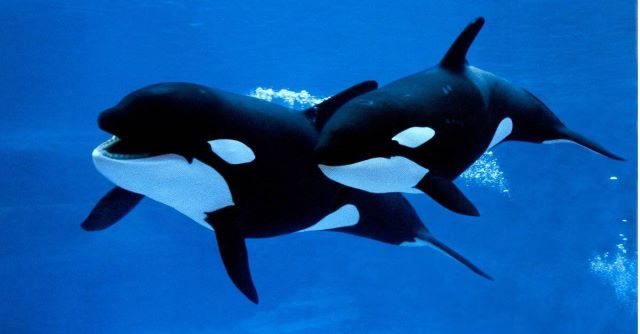Many animals hunt, however there are many adaptations, from the overwhelming numbers of wood ants to the orca’s swimming abilities.
Invertebrates
Wood ants capture prey and drag it back to the nest. However, they are not completely hostile: they keep live aphids in their nest in order to farm honeydew.
The large blue caterpillar uses the ant’s love for honeydew to its advantage. Before wailing like a distressed queen ant, the caterpillar produces honeydew for an ant. Then, the large blue caterpillar will be led to the nest. Pretending to be the ant’s queen, the caterpillar feasts on the ant larvae.
Both sea gooseberries and melon comb jelly are carnivorous comb jelly, but they have different hunting methods: the sea gooseberries entangle prey in their tentacles, while melon comb jelly suck prey inside their stomachs!
The seven-armed starfish’s prey also goes straight to the stomach. The starfish inserts its stomach into scallops after using brute force to tear shells apart.
The common cuttlefish may not have any tricks or brute force, but it has sensitive eyesight allowing the cuttlefish to hunt by moonlight.
Mammals
Another animal with advanced senses is the fox, being able to hear the slightest rustle. Water bats also have advanced hearing. They make shouting sounds and locate objects and animals from the echoes.
Meanwhile, the water shrew’s adaptation of poisonous saliva is for killing prey.
A group of the deadliest beasts are apex predators, but if they are seen, their prey can escape. However, the orca has a trick: by swimming on its side, the orca can stop its dorsal fin from breaking the surface.
Birds
The previous animals have adaptations for finding and killing prey, but the gannet’s adaptation is for carrying prey home: the gannet has the ability to store and carry food in its stomach.
A food web shows what eats what and the flow of energy. For example, in the first food web below, Atlantic salmon is eaten by dolphins; therefore, there is an arrow pointing from the salmon to a dolphin. Here are the food webs for four different ecosystems:
